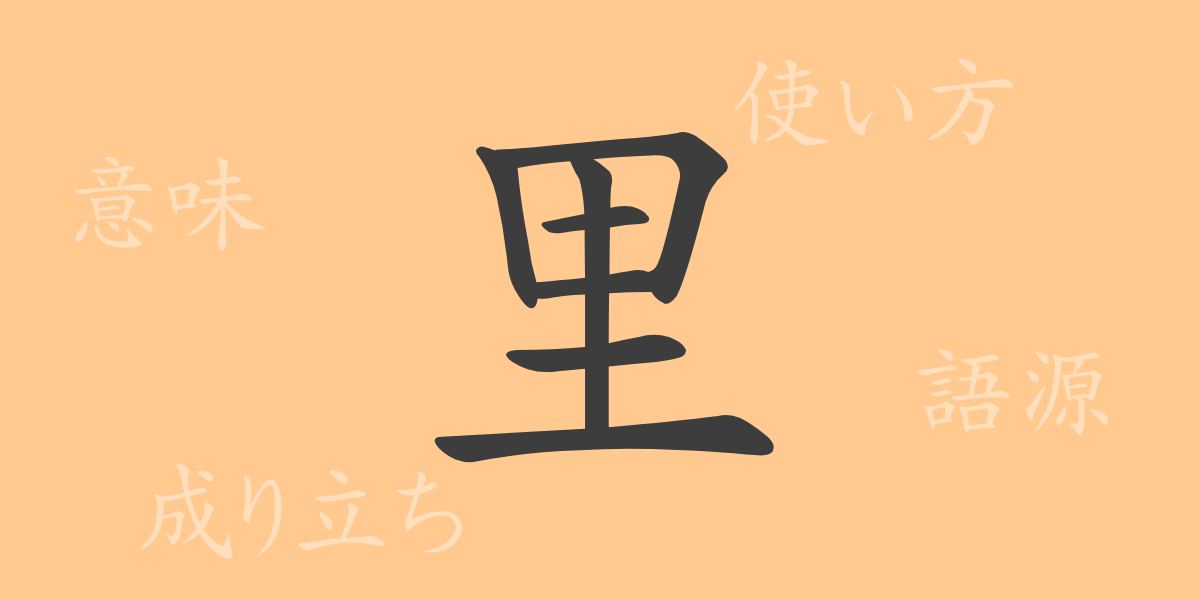Kanji(かんじ) deeply rooted in Japanese culture serve more than just as characters. Among them, “里” (さと, sato) has been closely tied to Japanese life since ancient times, carrying diverse meanings and uses. This article explores the charm of “里” (さと, sato), delving into its origins and modern-day applications. Let’s uncover the rich history and meanings of this kanji(かんじ) that you might encounter in everyday life.
Origins of 里 (さと, sato)
The kanji(かんじ) “里” (さと, sato) began as a unit representing land in ancient China. It depicted “田” (た, ta), the fields tilled by farmers, surrounded by “土” (つち, tsuchi), representing the land, indicating a settlement or village outside the fields. In Japan, “里” (さと, sato) was accepted as a fundamental unit of regional communities and has grown along with the Japanese landscape.
Meanings and Uses of 里 (さと, sato)
Originally, “里” (さと, sato) was used as a unit of distance, but today it generally means “village.” However, it also carries sentimental meanings like “hometown” or “birthplace.” Additionally, it can refer to a community where people live together. With its multiple meanings, “里” (さと, sato) is used in various contexts in the Japanese language.
Reading, Stroke Count, and Radical of 里 (さと, sato)
The kanji(かんじ) “里” (さと, sato) is one of the easily memorable characters for beginners due to its simple structure.
- Reading: The on’yomi(おんよみ) reading is “リ” (り, ri), and the kun’yomi(くんよみ) reading is “さと” (さと, sato).
- Stroke Count: It has a total of 7 strokes.
- Radical: The radical is “里” (さと, sato) itself, also known as “りへん” (りへん, rihen).
Idioms, Phrases, and Proverbs Using 里 (さと, sato) and Their Meanings
There are numerous idioms, phrases, and proverbs in Japanese that include “里” (さと, sato). For example, “里心” (さとごころ, satogokoro) refers to a longing for one’s hometown, “里子” (さとご, satogo) means a child adopted by another family, and “一里塚” (いちりづか, ichirizuka) refers to a milestone mound, metaphorically indicating a milestone or goal. These words encapsulate Japanese sentiments and wisdom, offering a glimpse into the culture through language.
Summary of 里 (さと, sato)
The kanji(かんじ) “里” (さと, sato) is deeply connected to Japanese identity and culture due to its rich history and meanings. It has been used not only to indicate regional units but also to express people’s emotions and lifestyles. With its multifaceted nature, “里” (さと, sato) holds a special place in the Japanese language and will continue to be cherished in the future.

























